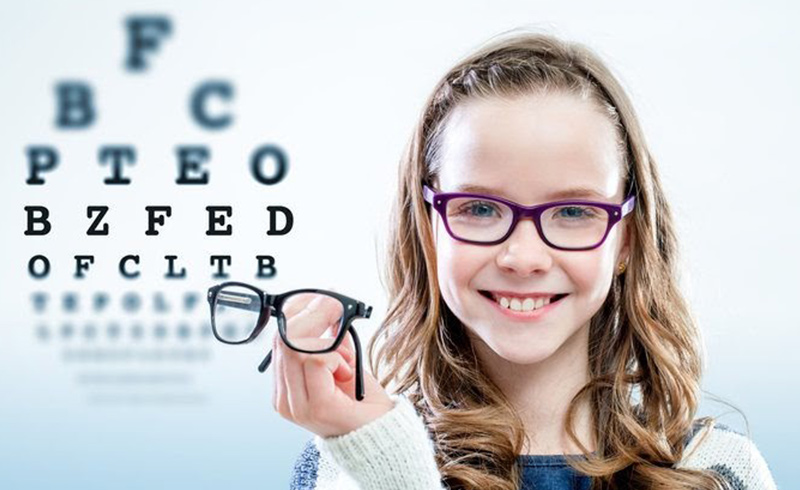
Children’s vision is still in its development stage and can be vulnerable to eye issues. The eye doctors state that detecting them early and treating them is key to ensuring their eyesight can be preserved. Failure to do that could result in severe problems, and at worst, they could become blind in one or both eyes. In this blog, we will examine five common issues and how they can be treated.
Amblyopia (Lazy Eye)
It is a condition where one or rarely both eyes are weak and provide blurry or distorted vision. It develops due to changes to nerve pathways between the retina and the brain, which causes the eye to receive fewer signals. Eventually, the eyes will be unable to work together, resulting in the brain ignoring the input of the weak eye. If left untreated, the brain can shut down vision completely, resulting in permanent loss of eyesight in the affected eye. Symptoms include blurry, distorted vision, head tilts, squinting, and random movements of the eye. The condition can be treated by corrective lenses, patching, and eye drops. If it is in an advanced state, then surgery will be required.
Refractive errors
They are an eye issue that makes it difficult for a person to see clearly. It occurs when the shape of an eye stops light from focusing correctly on the retina. The retina would typically send the light via the optic nerve as signals to the brain, where a visual image will be formed. If left untreated, vision can become blurry, and children will have difficulty reading, writing, and doing any tasks. There are three types of errors that can affect a child: farsightedness, nearsightedness, and astigmatism. These can be treated with corrective lenses, and once a child has grown up, they could opt for LASIK surgery.
Strabismus (Crossed Eyes)
It is an issue that causes the eyes to be misaligned: one will be facing another direction from the other eye. They may be turned upward, downward, inward, or outward. Usually, the six muscles that control eye movement work together to ensure both eyes are facing the right direction. Children suffering from this condition have difficulty controlling eye movement and cannot maintain their eye position. If left untreated, it can lead to amblyopia and, in the case of older children, diplopia (double vision). The eye hospital would not immediately suggest surgery because the condition can be treated with corrective lenses, patching, medication, and eye exercises. If these fail, then they would recommend a surgical procedure.
Pediatric Ptosis (Drooping Eyelid)
In this condition, the upper eyelid drops downwards. Children with the issue are either born with it or develop it during childhood. Certain neurological diseases can also trigger this effect. It occurs due to the muscle that elevates the eyelid being weak. It can lead to astigmatism or amblyopia because the drooping lid will interfere with the amount of light that passes through the retina. The treatment for this condition is eyelid surgery.
Chalazion
It is a lump that forms in the eyelid due to an oil gland in the lid becoming blocked and swollen. It is usually painless, but it can cause the entire eyelid to swell and be painful if it becomes infected. If it is small, it will go away on its own without treatment. However, suppose it is large or has become infected. In that case, it will need to be treated with antibiotic eye drops, warm, moist compresses, or surgical drainage and removal.
The above issues need to be checked at the Spanish Eye Clinic as soon as symptoms are observed. Eye issues, especially in children, need to be treated swiftly to avoid permanent visual impairments.

